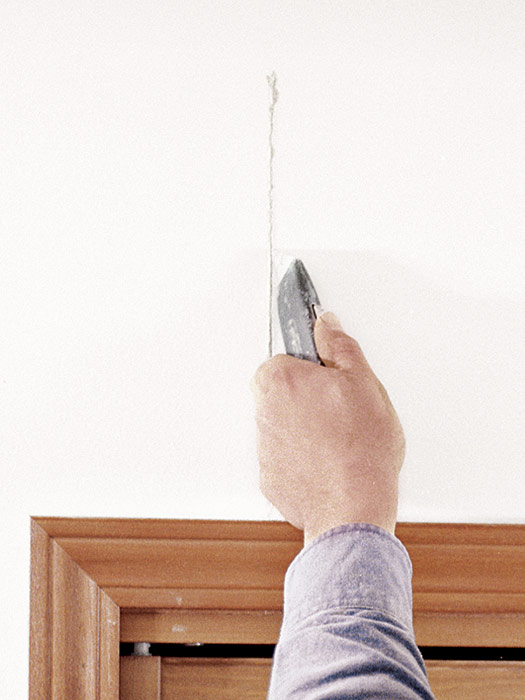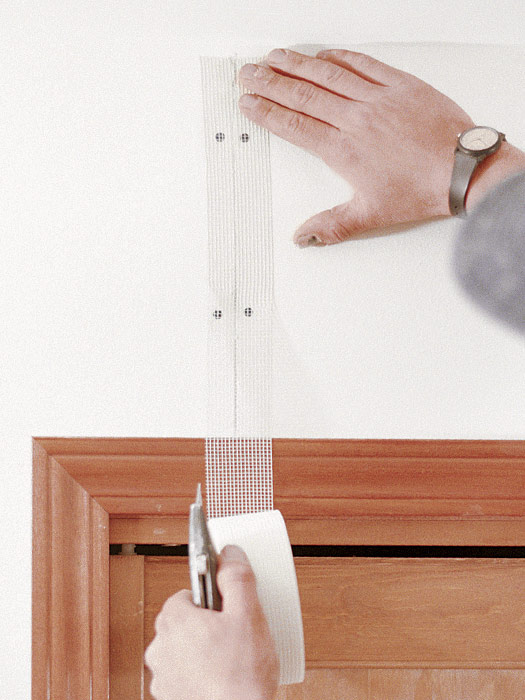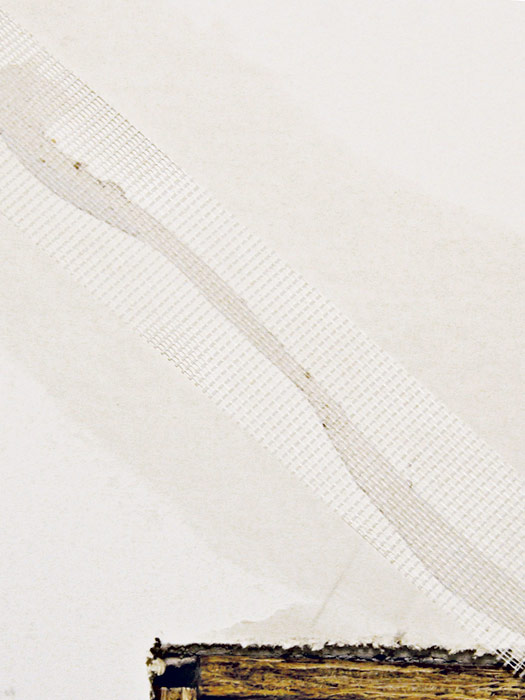Repairing Stress Cracks
Fix cracks along seams or on the face of drywall by cutting a V-groove and taping over them—but be sure the building has stopped moving first.
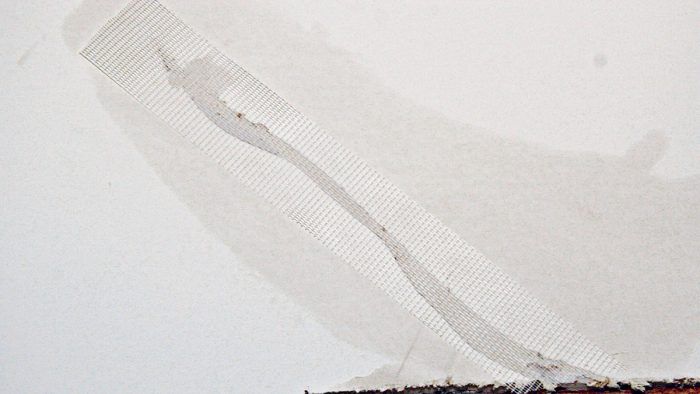
Stress cracks, which typically occur above a doorway or window, are caused by structural movement or settling. If a crack occurs at a seam, the tape may blister or come loose. But stress cracks can also occur where there is no joint in the drywall. It may run along the actual face of the panel, or it may go all the way through to the other side. A seam located next to the edge of a header is more likely to crack than one located 8 in. or more from the edge.
| THINK AHEAD: Wait at least six months to a year before repairing stress cracks in new construction; this is usually enough time for a structure to finish settling. |
To repair a stress crack, first cut out any loose drywall tape or joint compound with a utility knife or the corner of a taping knife. The V-groove formed provides a wider area for filling with joint compound. Next, apply hand pressure around the crack to check for movement. If the panel moves in and out, fasten it to the framing member closest to the crack. This makes the drywall more solid and less likely to crack again. Fill any large cracks with joint compound, and then cover with mesh or paper tape. Smooth the area with two or three coats of compound and then sand it.
An Ounce of PreventionRoof trusses are often subject to upward arching, or uplift, of anywhere from 1/4 in. to 2 in., with 1/2 in. being about average. Truss uplift is a complicated subject and not all trusses have this problem. But when it happens, the tape on the inside corners of interior partitions can crack, come loose, or pull away, giving the corner a rounded look. To avoid this problem, do not attach drywall near the spot where the trusses rest on partition walls. Instead, use a drywall clip to attach the panel to the wall’s top plate instead of to the rafter. Then, set nails or screws 10 in. to 18 in. in from the edge of the panel. An alternative is to float the ceiling edge and let the wall panel hold it up (as described in Fastening Drywall). Keep the first screw back on the rafter approximately 18 in. This floating-corner method helps keep the corner intact during seasonal temperature fluctuations. 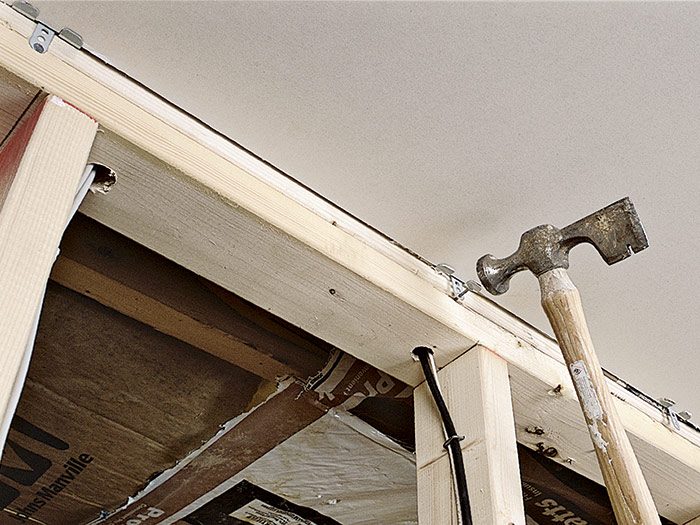 |

